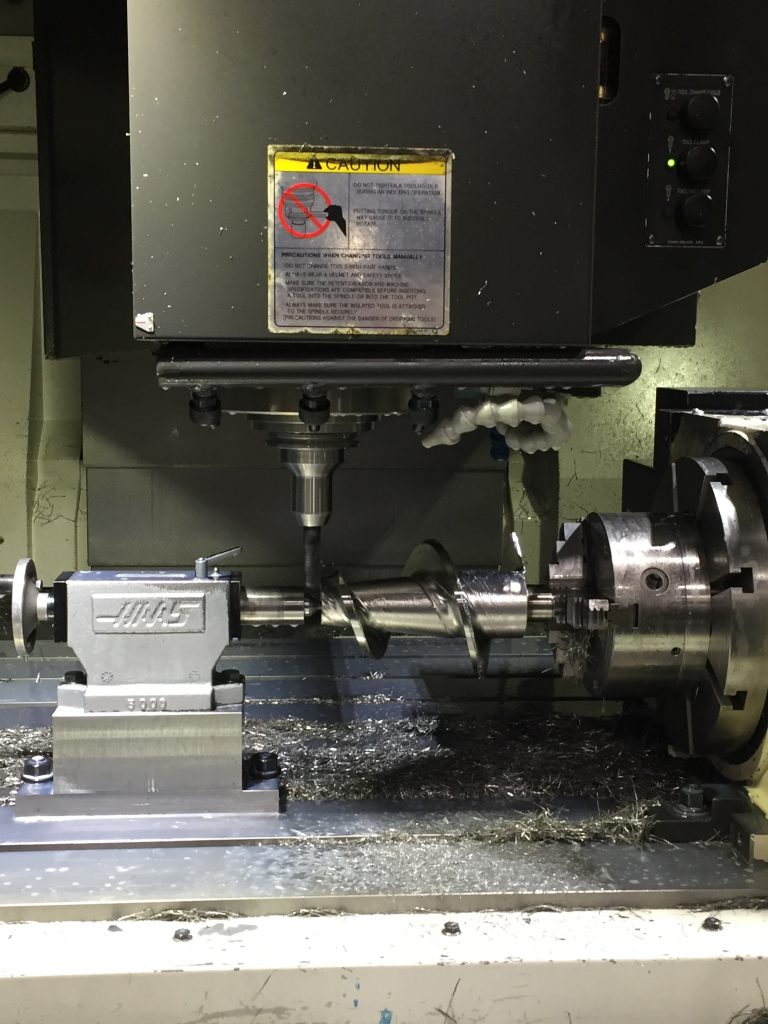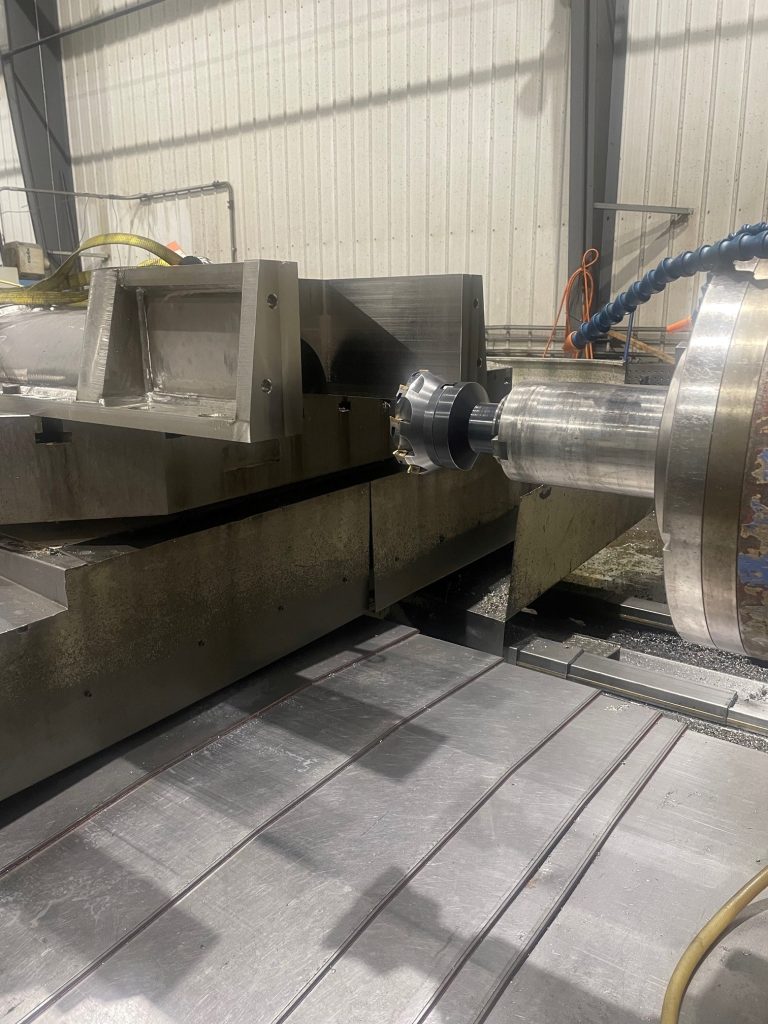CNC Machining vs. Traditional Machining: 3 Key Differences to Consider
In the world of custom machining, two major methods stand out- CNC machining and traditional machining. At Hudson Machine & Tool, we understand the fundamental differences between these two methods, and how each can impact a project’s efficiency, quality, and cost-effectiveness.
Precision and Accuracy
CNC machining uses automated software to carry out precise cuts and measurements, delivering unmatched accuracy in a wide range of projects. The precision results in reduced material waste, improved product quality, and increased consistency across multiple pieces. In contrast, traditional machining tends to rely on manual labor, which can lead to human error, producing results that may not be precise enough for certain applications.
Speed and Efficiency
CNC machines are designed to optimize the production process, delivering quick turnaround times without compromising on quality. The automation allows for easy setup, meaning you can complete complex cuts and shapes faster and with greater efficiency. Traditional machining, on the other hand, is slower and prone to time-consuming manual adjustments and measurements.
Flexibility and Customization
CNC machines can perform complex operations that traditional machines may struggle to deliver. With CNC machining, you can program the machine to create intricate designs and shapes, enabling flexibility and customization to meet unique project requirements. In contrast, traditional machining can be limiting and challenging to create intricate shapes or complex designs.
CNC machining and traditional machining are not interchangeable, and selecting the right method for your project needs is crucial in achieving maximum success. At Hudson Machine & Tool, we have decades of experience in custom machining, and our team of experts is committed to ensuring uncompromised quality, unmatched precision, and exceptional customer service.


